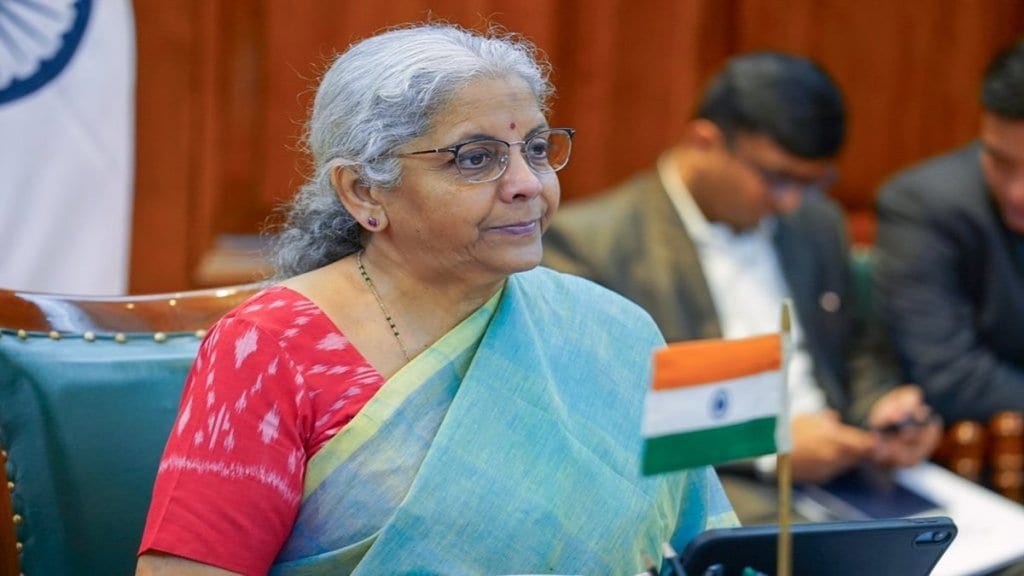The ongoing Israel-Gaza conflict is a worrying manifestation of geopolitical challenges for the India-Middle East-Europe Economic Corridor (IMEEC), finance minister Nirmala Sitharaman said on Wednesday, echoing the views expressed by US President Joe Biden.
Addressing the Indo-Pacific Regional Dialogue here, Sitharaman said India is expected to overtake Japan and Germany to emerge as the third-largest economy in the world by 2027.
Backed by the US, the IMEC was signed at the 18th G-20 Summit held in New Delhi on September 9-10 this year and marked the culmination of India’s G-20 Presidency. It is a multimodal economic corridor that incorporates multiple networks of shipping, railways, and roadways and will also include electricity cables, high-speed data cables, and a hydrogen pipeline. The IMEC is seen an alternative and a challenge to China’s Belt and Road initiative.
Recently, Biden said the announcement of the IMEEC might have influenced Hamas’s decision recently to attack Israel.
IMEEC will connect Indian ports such as the Jawaharlal Nehru Port Authority, Mundra (Gujarat), and Kandla (Gujarat), with West Asian ones such as Fujairah, Jebel Ali, and Abu Dhabi in the UAE, and Saudi Arabian ports of Dammam, Ras Al Khair, and Ghuwaifat. Then there is a rail segment that will continue the IMEEC and provide connection to the Saudi Arabian cities of Haradh and Al Haditha, onward to the port of Haifa in Israel. The final segment, which some call the Northern Corridor, will once again be a maritime segment connecting the port of Haifa to the Greek port of Piraeus and thence to Europe.
“However, it is not without its geopolitical challenges and the ongoing conflict in Israel and Gaza is a worrying manifestation of these,” she said.
India is entirely conscious of the fact that over the foreseeable future, India’s comprehensive national power is going to remain inextricably linked to the ocean. “We are seized of the pressing need to grow the maritime sector as a whole and our government is determined to provide the requisite support by way of fiscal policy and financial outlay,” Sitharaman said.
“We seek to position India as a hub in new and diversified supply chains and value chains across the Indo-Pacific and, indeed, across the world. All sectors of the government are responding exceedingly positively to our new financial policies.”
India’s economic growth is estimated to be just under 7% during FY24, the highest among major economies, despite global headwinds, the minister said.
“Even according to the usually conservative estimates of the IMF, the Indian economy is set to emerge as the world’s third-largest economy by 2027, hopping over Japan and Germany, as its GDP crosses the $5 trillion level. By 2047, India aspires to be a developed economy,” she said.
Talking about India’s ‘Blue economy’, she said, it accounts for roughly 4% of the GDP and represents a sea of opportunities.
India has nine states and four Union Territories situated on the coast, 12 major and 200+ non-major ports situated along its coastline, and a vast network of navigable waterways for international and domestic trade, she said.
According to the UNCTAD, India was the second largest exporter of ocean-based goods and services among developing countries in 2020.
In order to reduce India’s vulnerability to international sanctions and pressures and to provide greater strategic flexibility in shipping operations, Sitharaman said the country is setting up a full-fledged Indian-owned and India-based Protection and Indemnity (P&I) entity that will additionally provide protection to coastal and inland shipping.

